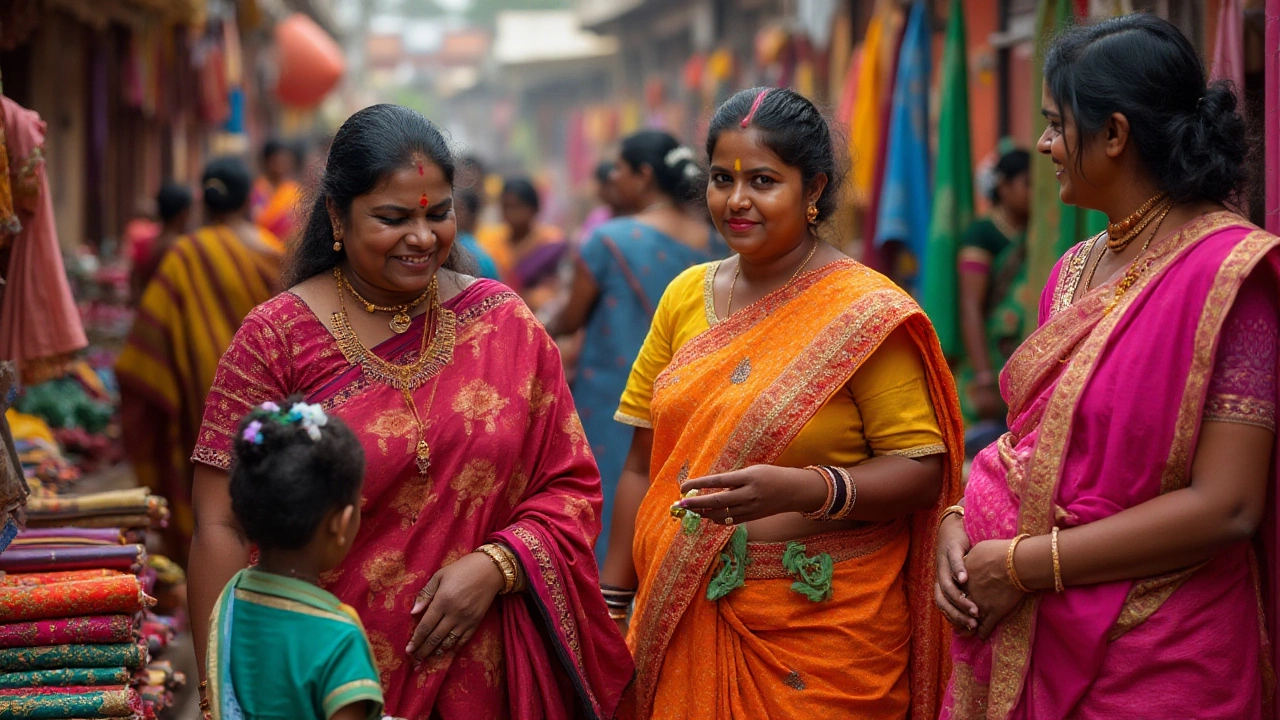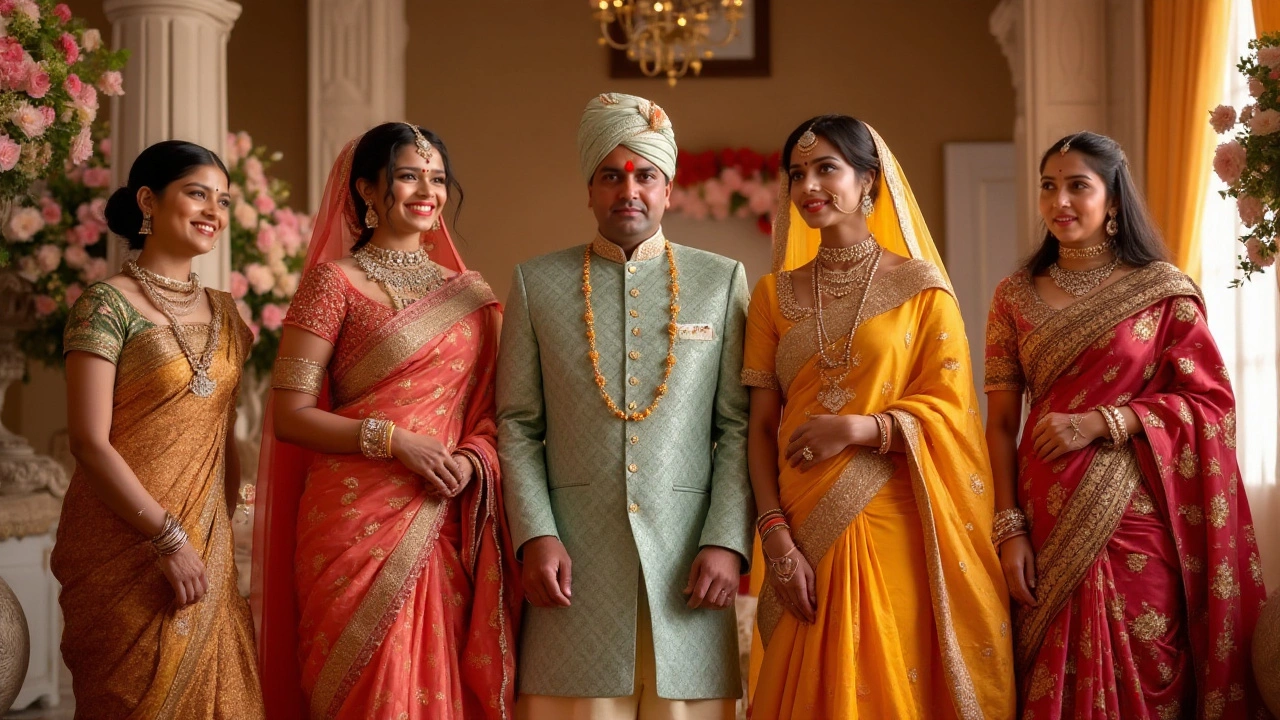Traditional Attire: Tamil Clothing, Styles, and Cultural Meaning
When you think of traditional attire, the clothing worn with cultural purpose across generations, often tied to region, religion, or ceremony. Also known as ethnic dress, it’s not just fabric—it’s a story woven into every thread. In Tamil culture, traditional attire isn’t something you wear for festivals and photos. It’s part of daily life, identity, and respect. From the golden borders of a silk saree, a handwoven garment, often made in Kanchipuram, worn by women during weddings and temple visits to the crisp white veshti, a draped dhoti-style garment worn by men, especially in rural Tamil Nadu and during religious events, every piece carries meaning. These aren’t costumes. They’re living traditions passed down from mothers to daughters, from fathers to sons.
What makes Tamil traditional attire different from other Indian styles? It’s the balance of simplicity and grandeur. A woman might wear a cotton saree to the market and a heavy silk one to a wedding—both are traditional, but chosen for context. The way the pallu is pinned, the color of the border, even the way the veshti is pleated—each detail follows unspoken rules. You’ll find these clothes in temple processions, harvest festivals like Pongal, and even in modern Tamil weddings where a bride might wear a Kanjivaram saree with gold zari that took weeks to weave. Men wear the veshti with a angavastram—a shoulder cloth—during rituals, not just because it’s cool, but because it’s how their ancestors showed reverence. Even in cities like Chennai or Coimbatore, you’ll see office workers, students, and elders choosing these garments over jeans and t-shirts, not as a protest, but as comfort, pride, and continuity.
These clothes connect to deeper things: community, memory, devotion. The silk saree isn’t just beautiful—it’s a symbol of prosperity. The veshti isn’t just practical—it’s a quiet act of cultural loyalty. When you see a grandmother helping her granddaughter tie the pallu just right, or a young man ironing his veshti before a temple visit, you’re seeing culture alive. The posts below explore exactly this: how Tamil traditional attire shows up in rituals, how it’s changed over time, what materials are used, and why people still choose it in a world full of fast fashion. You’ll find stories about the weaving villages of Kanchipuram, how men’s veshti styles vary from village to village, and even how Tamil diaspora communities keep these traditions alive abroad. This isn’t about nostalgia. It’s about belonging—and the quiet power of wearing your roots.

